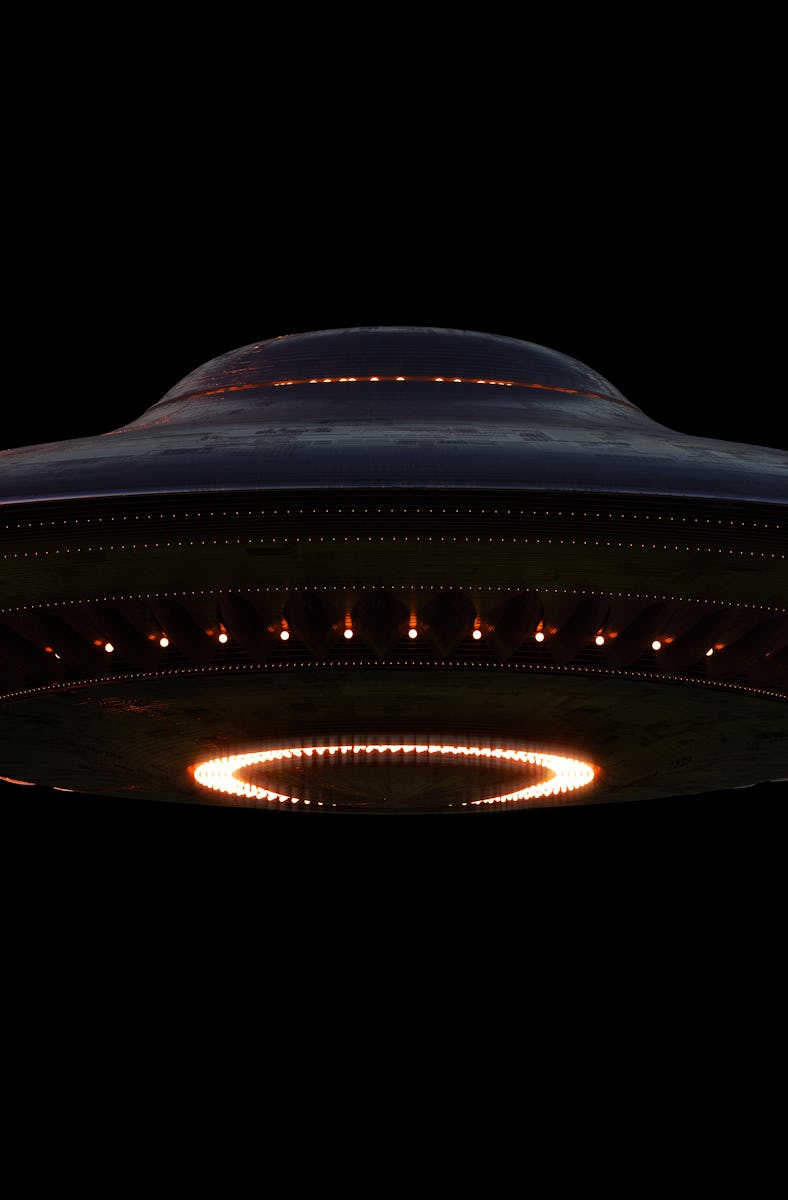Scientists Are As Bewildered About Unidentified Aerial Phenomena As the Rest of Us
UAP research could be going mainstream, a recent survey of academic researchers suggests.

About one-fifth of academics who responded to a recent survey reported that they or someone they knew had seen what we now call unidentified aerial phenomena (UAPs), and more than a third were interested in doing serious academic research on the topic.
“I personally know three physicists who independently report seeing UFOs,” one scientist (whose field was omitted for privacy reasons) told social scientist Marissa Yingling, historian Charlton Yingling, and education researcher Bethany Bell. “They have no explanation for the phenomenon they observed, other than they observed it.”
That scientist is one of about 280 academic researchers who reported that they, or someone they know, have witnessed UAPs — the current, more respectable term for UFOs. They make up a fifth of the researchers who responded to Yingling and her colleagues’ recent survey on the subject. Responders included researchers in 14 academic fields, from art and design to physics, at 144 major U.S. universities. They published their results in the journal Humanities and Social Sciences Communications.
According to Yingling and her colleagues, “Curiosity outweighed skepticism or indifference.”
We Don’t Talk About UAP – But...
Only 1,460 researchers responded, out of more than 39,000 that Yingling and her colleagues contacted. A 4 percent response rate is extremely small to base a research study on, and it’s on the low end even for things like customer satisfaction surveys. In this case, researchers who were already interested in UAP, or who had an experience of their own, were probably more likely to answer the survey. The skeptics probably weeded themselves out by not responding.
“Not only did one faculty member write to communicate that simply receiving the email was ‘insulting,’ 14 faculty wrote seeking confirmation that the survey was not spam,” write Yingling and her colleagues. “One person sent a courtesy email to share that they feared our names were being used in a scam.”
If anything, the response rate and the worried emails emphasize reticence on the part of U.S. academics about UAP research. But among those who responded, there seems to be growing interest in serious academic research into UAP, which parallels recent interest from NASA, the Pentagon, and Congress.
J. Allen Hynek, an academic hired by the Air Force under Project Blue Book to investigate purported UFO sightings.
“Curiosity Outweighed Skepticism”
Thirty-nine percent of the researchers who responded to the survey said they didn’t know how to explain UAP. About 21 percent said there was bound to be a natural explanation, and a slew of individual answers pointed the finger at super-secret military technology, “cultural predilections,” drug-induced hallucinations, and, of course, weather balloons. On the other hand, 13 percent of participants — about 190 researchers — said that UAP are probably “devices of unknown intelligence.”
For comparison, 41 percent of U.S. adults in a 2021 Gallup poll believe at least some UAP are alien craft. About half believe UAP can be entirely explained by human activity or natural phenomena. So academics seem to be more skeptical than the general public about alien explanations for UAP, notwithstanding operations like the Galileo Project.
But at least some academic researchers are also curious. Only 4 percent of the survey participants had actually done UAP research, but another 36 percent showed interest, and 37 percent described UAP research as “very important or absolutely essential.” And 64 percent said that if UAP research is happening, it’s important for academia to be involved.
“Something is definitely out there,” one social scientist told Yingling and her colleagues, “and I just hope the mystery is solved to everyone’s satisfaction during my lifetime.”
This article was originally published on